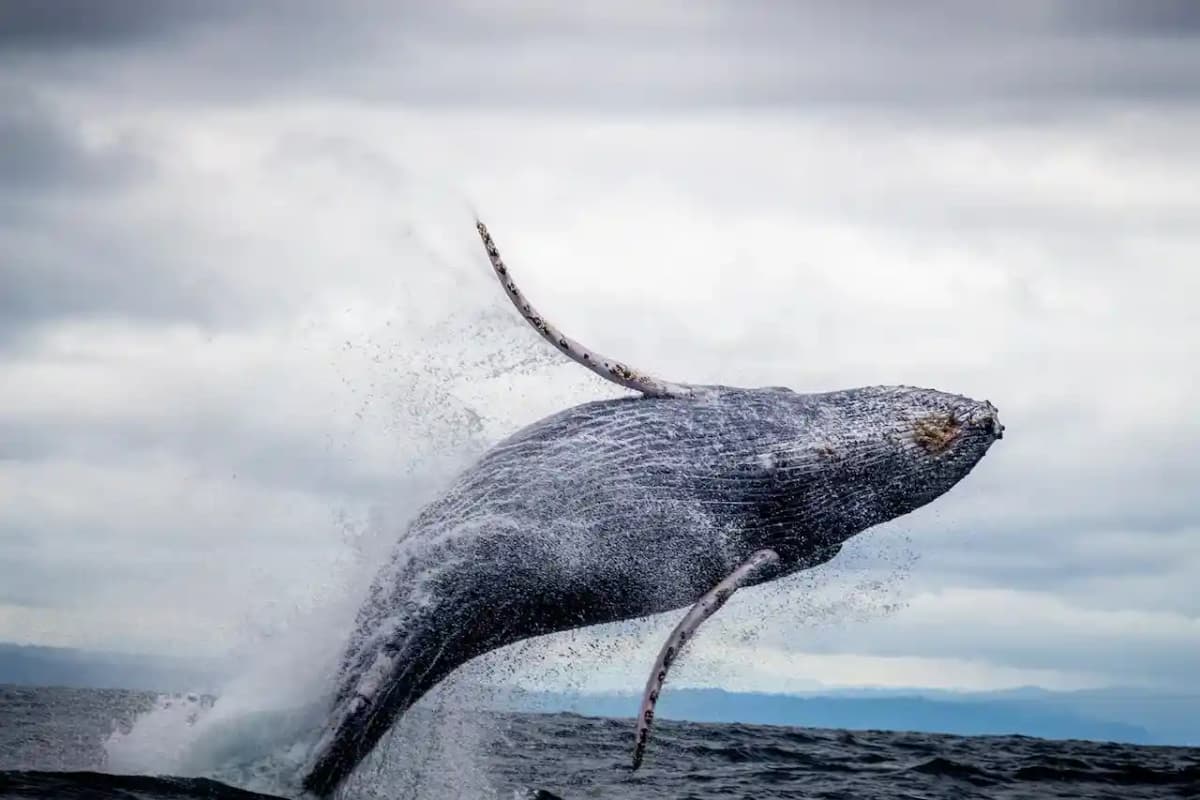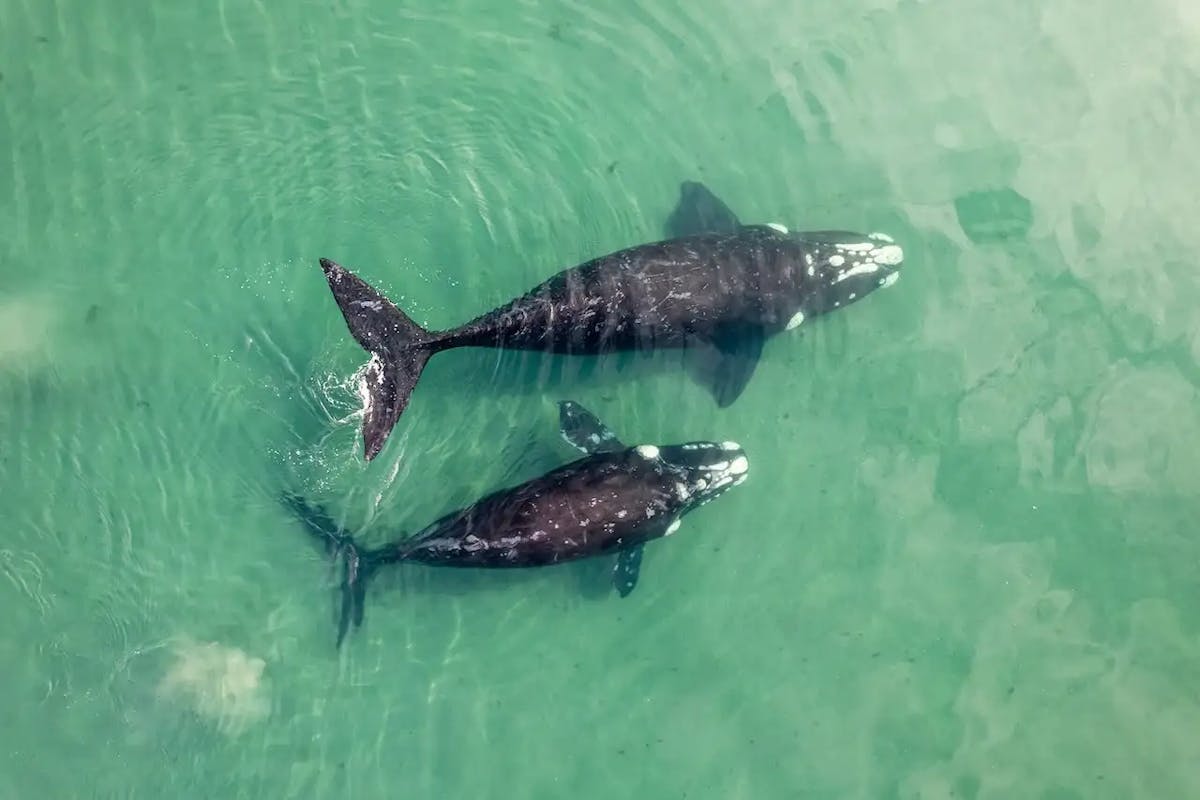Random Whale Facts | Did you know that the blue whale, reaching lengths of up to 100 feet and weighing as much as 200 tons, holds the title as the largest whale and the largest animal on Earth? But there's more to these gentle giants than just their size! Blue whales are famous for their unique vocalizations, which can travel for miles underwater. These low-frequency songs are believed to be used for communication and during mating rituals. Despite their immense size, blue whales feed exclusively on tiny shrimp-like creatures called krill, consuming up to four tons of them per day during feeding season!
Sperm whales may not be the largest whales, but they definitely earn recognition for their amazing diving skills! These mighty marine mammals have been recorded diving to depths of over 7,000 feet, and they can hold their breath for an incredible 90 minutes before coming back up to the surface— a feat unmatched by any other mammal! What's even more fascinating is that sperm whales hunt giant squid as one of their main food sources in these dark, deep waters. They have uniquely large brains filled with a specialized oil called spermaceti, which helps them control their buoyancy and navigate through underwater turbulence.
Most Interesting Facts About Whales
Whales possess their own incredible "sixth sense" called echolocation, which helps them navigate through the ocean and find food even in conditions where they can't see or hear anything. Using this ability, whales emit a series of high-pitched clicks and then listen for the echoes that bounce back. By interpreting these echoes, they can determine the location, size, shape, and movement of objects around them. Some species, like humpback whales, are even capable of using echolocation to detect the faint sounds of fish swimming hundreds of feet away! It's like they have their own built-in sonar system, allowing them to navigate and hunt effectively in the vast ocean depths. Also see:- Random Facts about Wolf, Random Facts about Zebras

Another remarkable species among whales is the humpback whale, famous for its captivating acrobatic displays! Whether during courtship rituals or simply joyful moments, humpback whales are known for breaching out of the water, performing breathtaking leaps and twists that never fail to awe onlookers. These graceful movements are a testament to the beauty and agility of these magnificent creatures.
